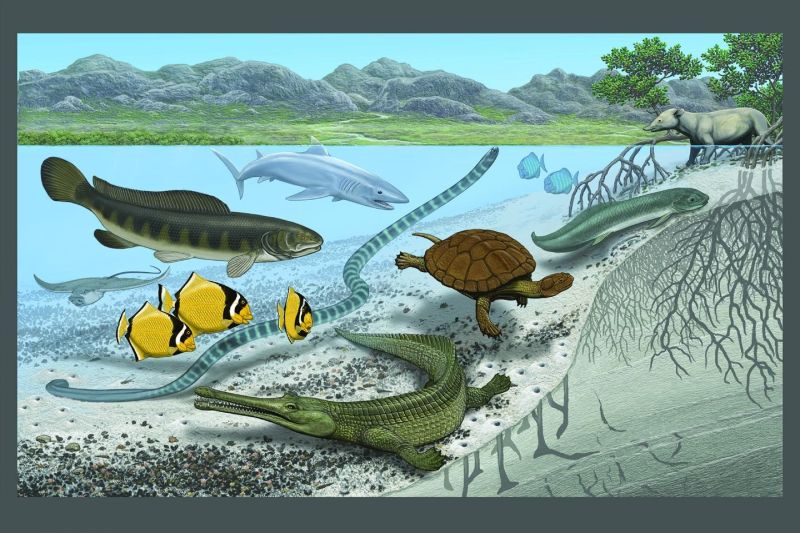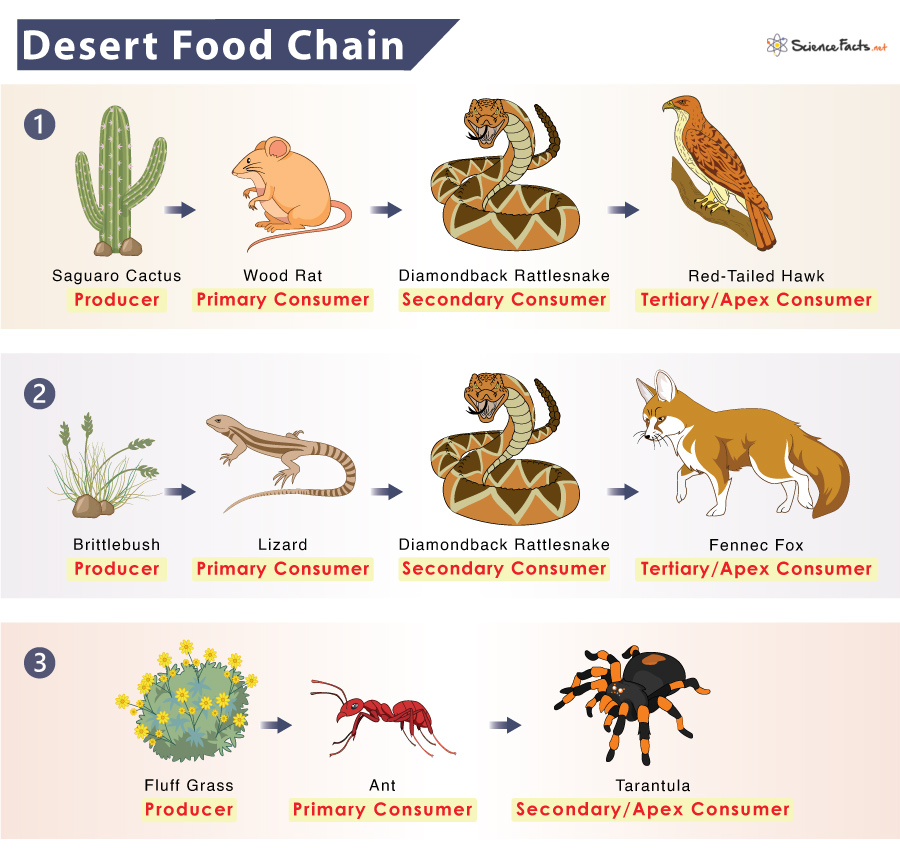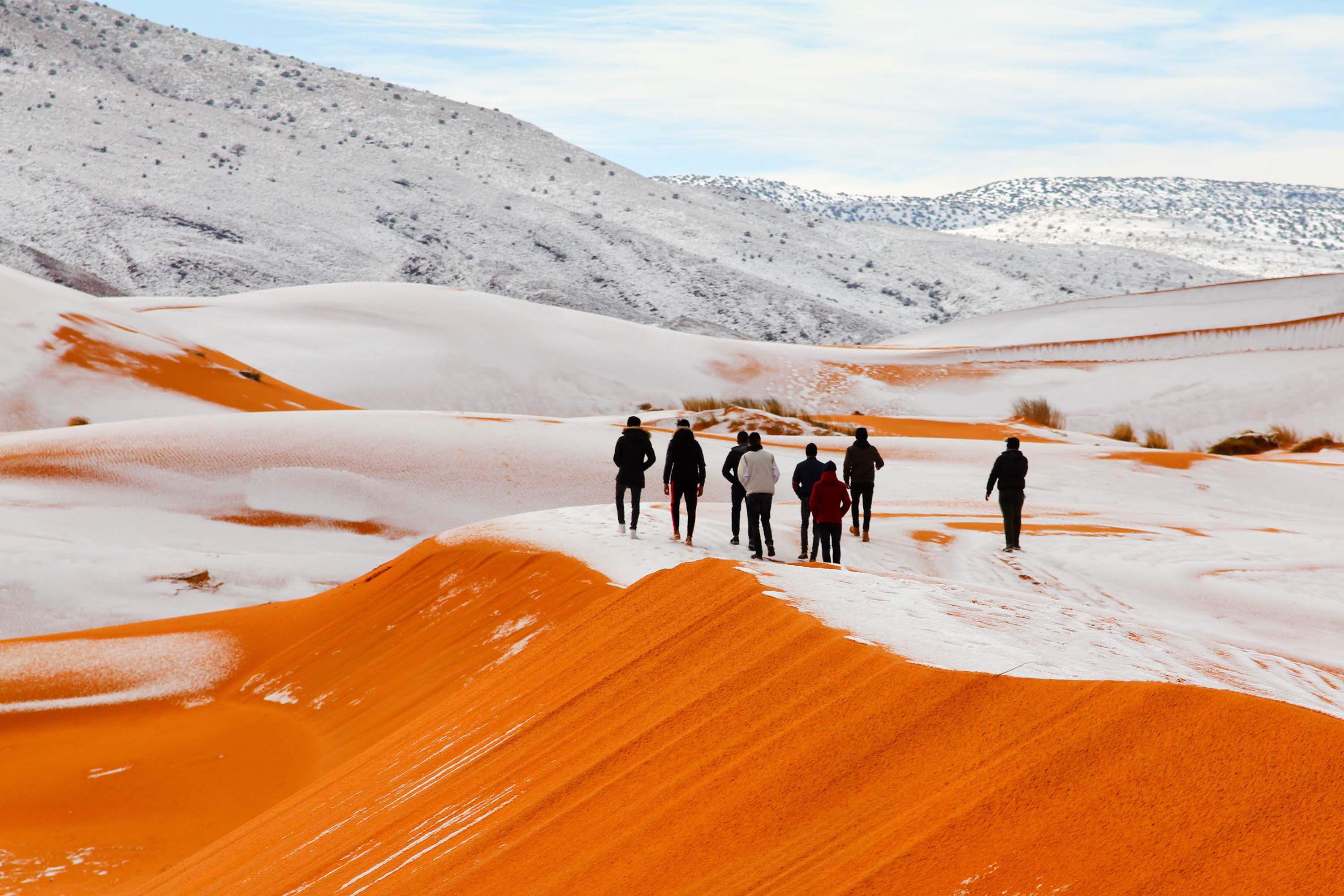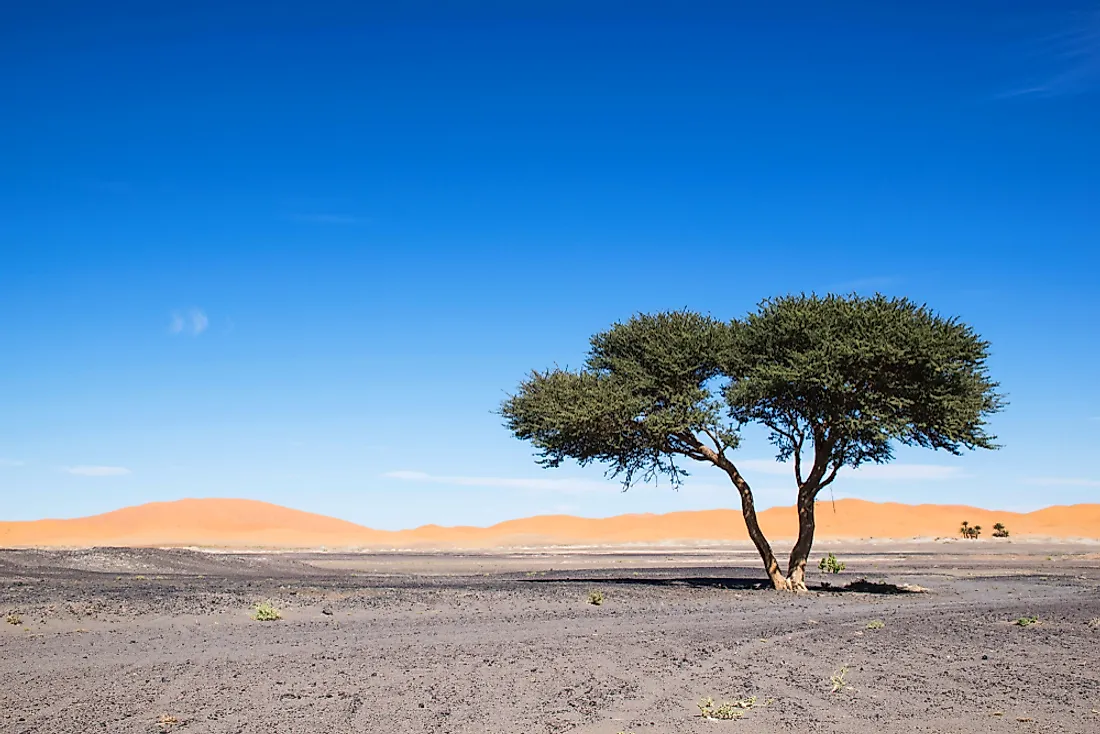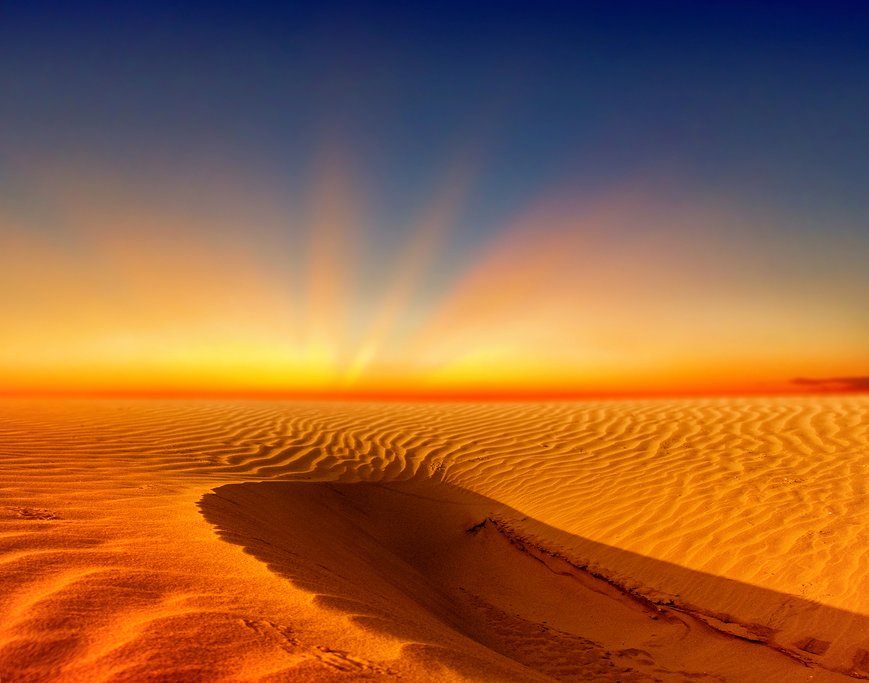Topic is the sahara desert the largest desert in the world: Discovering the truth behind the intriguing question, "Is the Sahara Desert the largest desert in the world?" unveils a journey through fascinating geographical and environmental wonders.
Table of Content
- Is the Sahara Desert the largest desert in the world?
- Understanding the Definition of a Desert
- Comparing the Sahara with Antarctica and the Arctic
- The Sahara Desert"s Geographic Extent and Features
- Climate Conditions of the Sahara Desert
- Historical Significance and Human Impact in the Sahara
- Wildlife and Biodiversity in the Sahara Desert
- YOUTUBE: Sahara Desert: Is it the Largest Desert on Earth?
- Challenges and Environmental Concerns in the Sahara
- Exploring the Myths and Misconceptions About Deserts
- Scientific Research and Studies on Desertification
- Comparative Analysis of World"s Largest Deserts
Is the Sahara Desert the largest desert in the world?
No, the Sahara Desert is not the largest desert in the world. Antarctica is actually the largest desert in the world.
Deserts are defined not by their temperature but by their lack of precipitation. The Sahara is indeed the largest hot desert in the world, covering an area of 9,200,000 square kilometers (3,600,000 square miles). However, Antarctica is considered the largest desert as it receives very little precipitation, making it meet the criteria for a desert.
Therefore, the correct answer is that the Sahara Desert is the largest hot desert in the world, but Antarctica is the largest desert overall due to its lack of precipitation.
READ MORE:
Understanding the Definition of a Desert
Deserts are commonly misunderstood as barren landscapes of sand and heat. However, the scientific definition encompasses much more. A desert is a region that receives extremely low amounts of precipitation, making it one of the harshest environments for life.
- Precipitation Levels: Deserts typically receive less than 250 millimeters of rain per year, creating arid conditions.
- Temperature Extremes: While many associate deserts with extreme heat, they can also experience very cold temperatures, particularly at night.
- Soil Composition: Desert soils are often sandy or rocky, lacking nutrients and moisture necessary for most plant growth.
- Ecosystem Diversity: Despite harsh conditions, deserts are home to a variety of adapted plants and animals, demonstrating unique ecological systems.
This broader understanding of deserts is crucial when considering whether the Sahara is the world"s largest desert, as it challenges common perceptions and invites a more comprehensive exploration.
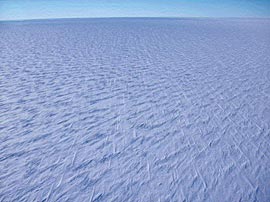
Comparing the Sahara with Antarctica and the Arctic
Deserts are commonly misunderstood as barren landscapes of sand and heat. However, the scientific definition encompasses much more. A desert is a region that receives extremely low amounts of precipitation, making it one of the harshest environments for life.
- Precipitation Levels: Deserts typically receive less than 250 millimeters of rain per year, creating arid conditions.
- Temperature Extremes: While many associate deserts with extreme heat, they can also experience very cold temperatures, particularly at night.
- Soil Composition: Desert soils are often sandy or rocky, lacking nutrients and moisture necessary for most plant growth.
- Ecosystem Diversity: Despite harsh conditions, deserts are home to a variety of adapted plants and animals, demonstrating unique ecological systems.
This broader understanding of deserts is crucial when considering whether the Sahara is the world"s largest desert, as it challenges common perceptions and invites a more comprehensive exploration.
The Sahara Desert"s Geographic Extent and Features
The Sahara Desert, an emblem of the African continent, is distinguished by its vast expanse and diverse landscapes that challenge the stereotypical image of a sandy wasteland.
- Geographic Scope: Extending over approximately 9.2 million square kilometers, the Sahara is the third-largest desert in the world, after Antarctica and the Arctic, and the largest hot desert.
- Countries Encompassed: It spans across 11 countries, including Algeria, Egypt, Libya, Mali, Morocco, and Tunisia, showcasing a remarkable blend of cultures and histories.
- Landscape Diversity: The Sahara"s terrain varies from vast sand dunes (ergs) to rocky plateaus (hamadas), offering a scenic yet harsh environment.
- Climate Variability: Characterized by extreme aridity and temperature variations, the Sahara experiences minimal rainfall and drastic temperature shifts between day and night.
- Ecological Zones: The desert includes different ecological zones, ranging from hyper-arid central Sahara to the semi-arid Sahelian zone on its southern border.
- Human Settlements: Despite its harsh conditions, the Sahara hosts several nomadic groups and permanent settlements, adapting remarkably to the environment.
This section explores the Sahara"s vastness, uncovering its geographical and ecological complexities that make it a subject of endless fascination and study.
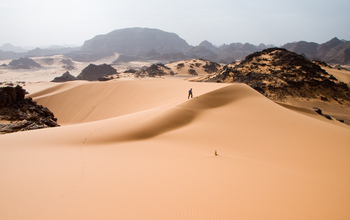
Climate Conditions of the Sahara Desert
The climate of the Sahara Desert is one of the most extreme on Earth, characterized by its aridness and temperature fluctuations.
- Extreme Temperatures: The Sahara is known for some of the hottest temperatures recorded on the planet, often exceeding 50°C (122°F) in the hottest months. Nighttime temperatures, however, can plummet dramatically, sometimes below freezing.
- Low Precipitation: Rainfall in the Sahara is scarce and irregular, averaging less than 3 inches per year, with some regions not seeing rain for years.
- Wind Patterns: The region experiences strong winds that can create sandstorms and dust devils, significantly affecting the landscape and living conditions.
- Desertification: The Sahara is expanding due to desertification, a process exacerbated by climate change and human activities, impacting the surrounding regions.
- Seasonal Variations: The Sahara undergoes seasonal changes, with slightly milder temperatures and occasional rainfall during the winter months.
- Microclimates: Despite the general aridity, the Sahara contains various microclimates, with some areas like the Sahel bordering the desert experiencing different weather patterns.
Understanding the Sahara"s climate is key to comprehending its environmental challenges, ecological diversity, and impact on nearby regions.
Historical Significance and Human Impact in the Sahara
The Sahara Desert, far from being a lifeless wasteland, boasts a rich history and has seen significant human interaction over the millennia.
- Ancient Civilizations: The Sahara was once a much wetter place, home to ancient civilizations that left behind rock art and archaeological sites, revealing rich cultural histories.
- Trade Routes: Historic trade routes, such as the Trans-Saharan routes, facilitated significant cultural and economic exchanges between North Africa and sub-Saharan Africa.
- Modern Settlements: Despite its harsh conditions, the Sahara is home to various nomadic tribes, such as the Tuareg, who have adapted to the extreme environment.
- Resource Exploitation: The Sahara is rich in resources like oil, natural gas, and minerals, leading to economic opportunities but also environmental concerns.
- Climate Change Effects: The Sahara is a critical area for studying the impacts of climate change, as shifts in its environment can have far-reaching consequences.
- Conservation Efforts: Conservation initiatives are in place to protect the unique ecosystems and cultural heritage of the Sahara.
This section explores the Sahara"s historical journey, showcasing how this vast desert has been a cradle of civilizations, a crossroads of trade, and a focus for contemporary environmental and cultural conservation efforts.

Wildlife and Biodiversity in the Sahara Desert
The Sahara Desert, often perceived as barren and lifeless, is actually home to a surprising array of wildlife and biodiversity, uniquely adapted to its extreme environment.
- Adapted Fauna: Species such as the fennec fox, addax antelope, and the Saharan cheetah have evolved to thrive in the harsh desert conditions.
- Bird Species: Migratory birds, including the African silverbill and cream-colored courser, utilize the Sahara as a transit route, while others, like the Egyptian vulture, are permanent residents.
- Reptiles and Amphibians: The Sahara hosts a variety of reptiles and amphibians, such as the Saharan horned viper and the Nile crocodile in its oases and riverbeds.
- Plant Life: Plant species like the date palm and various types of grasses and shrubs have adapted to survive with minimal water.
- Conservation Status: Many species in the Sahara are endangered or at risk due to habitat loss, climate change, and human activities.
- Ecosystem Role: These species play vital roles in the Sahara"s ecosystem, maintaining ecological balance and supporting food webs.
This exploration into the Sahara"s wildlife and biodiversity reveals the resilience and adaptability of life in one of the world"s most extreme environments.
Sahara Desert: Is it the Largest Desert on Earth?
Experience the awe-inspiring Sahara Desert, the largest desert in the world. Witness its vast expanse of golden sand dunes, endless horizon, and breathtaking beauty in this captivating video that will transport you to the heart of this natural wonder.
Sahara: The Greatest Desert on Earth
Embark on an extraordinary journey through the Sahara, the greatest desert on Earth. Immerse yourself in its stunning landscapes, mesmerizing sunsets, and mystic charm as you delve into this visually stunning video that showcases the sheer magnificence of this legendary desert.
Challenges and Environmental Concerns in the Sahara
The Sahara Desert faces numerous challenges and environmental concerns that impact both its unique ecosystem and the human populations that depend on it.
- Desertification: The expansion of desert areas, particularly at the Sahel border, poses a significant threat to local communities and ecosystems.
- Water Scarcity: Access to fresh water is a critical issue in the Sahara, affecting both human settlements and wildlife.
- Climate Change: Global climate change is exacerbating drought conditions, leading to more extreme temperatures and unpredictable weather patterns.
- Resource Exploitation: Mining and oil extraction in the Sahara bring economic benefits but also pose environmental risks, including habitat destruction and pollution.
- Biodiversity Loss: Overhunting, habitat loss, and climate change are leading to the decline of several native species, reducing the Sahara"s biodiversity.
- Human Impact: Growing human settlements and agricultural activities are altering the natural landscape, affecting local ecosystems.
This section delves into the complex environmental and socio-economic challenges facing the Sahara, highlighting the urgent need for sustainable solutions to preserve this unique and fragile ecosystem.

Exploring the Myths and Misconceptions About Deserts
Deserts, often misunderstood, are surrounded by various myths and misconceptions that shape our perception of these unique landscapes.
- Myth: Deserts Are Lifeless: Contrary to popular belief, deserts are home to diverse ecosystems, supporting a variety of plant and animal life uniquely adapted to arid conditions.
- Misconception: Deserts Are Always Hot: While many deserts experience extreme heat, cold deserts like the Gobi and the Antarctic Desert also exist, experiencing very low temperatures.
- Myth: Deserts Are Only Sand Dunes: Deserts can have varied landscapes, including rocky outcrops, gravel plains, and even mountain ranges, not just sand dunes.
- Misconception: Deserts Are Barren and Unproductive: Despite harsh conditions, deserts can be rich in resources like minerals and support unique biological communities.
- Myth: Desertification Is a Natural Process: While desertification can be natural, human activities like unsustainable land use significantly accelerate it.
- Misconception: Deserts Are Expanding Uncontrollably: While some deserts are expanding, this process can be managed and mitigated through sustainable practices and conservation efforts.
This section aims to debunk common myths and clarify misconceptions about deserts, enhancing our understanding of these fascinating ecosystems.
Scientific Research and Studies on Desertification
Desertification is a pressing environmental issue, and extensive scientific research and studies have been conducted to understand and mitigate its impact.
- Cause Analysis: Research focuses on identifying the causes of desertification, including climate change, deforestation, and unsustainable agricultural practices.
- Impact Assessment: Studies assess the impact of desertification on ecosystems, biodiversity, and human populations, particularly in regions bordering deserts like the Sahel.
- Monitoring and Modeling: Advanced technologies, such as satellite imagery and predictive modeling, are used to monitor desert expansion and predict future trends.
- Land Management Strategies: Research is directed towards developing sustainable land management practices to prevent soil erosion and maintain soil fertility.
- Climate Change Connection: The relationship between desertification and global climate change is a key area of study, highlighting the need for global environmental policies.
- Community Involvement: Studies emphasize the importance of involving local communities in desertification control efforts, recognizing their knowledge and experience.
This section explores the critical role of scientific research and studies in understanding desertification, providing insights into potential solutions to this global challenge.

READ MORE:
Comparative Analysis of World"s Largest Deserts
Understanding the scale and diversity of the world"s largest deserts offers valuable insights into their unique characteristics and challenges.
- The Sahara Desert: The Sahara is the largest hot desert, covering approximately 9.2 million square kilometers across North Africa, known for its extreme heat and arid climate.
- Antarctic Desert: The largest desert in the world is the Antarctic, classified as a cold desert, encompassing about 14 million square kilometers, characterized by freezing temperatures and ice-covered landscapes.
- Arctic Desert: Another cold desert, the Arctic, spans over 13.9 million square kilometers, featuring a frigid climate and a landscape largely covered in ice and snow.
- The Gobi Desert: Located in northern China and southern Mongolia, the Gobi is a cold desert known for its harsh climate and unique ecosystem, covering around 1.3 million square kilometers.
- The Arabian Desert: Covering about 2.3 million square kilometers, the Arabian Desert is characterized by its sandy dunes and extreme heat, stretching across several Middle Eastern countries.
This section provides a comparative overview of the Sahara and other major deserts, highlighting their geographical, climatic, and ecological differences.
In conclusion, while the Sahara is the largest hot desert, the title of the largest desert in the world belongs to the Antarctic, inviting a broader understanding and appreciation of our planet"s diverse and majestic deserts.

